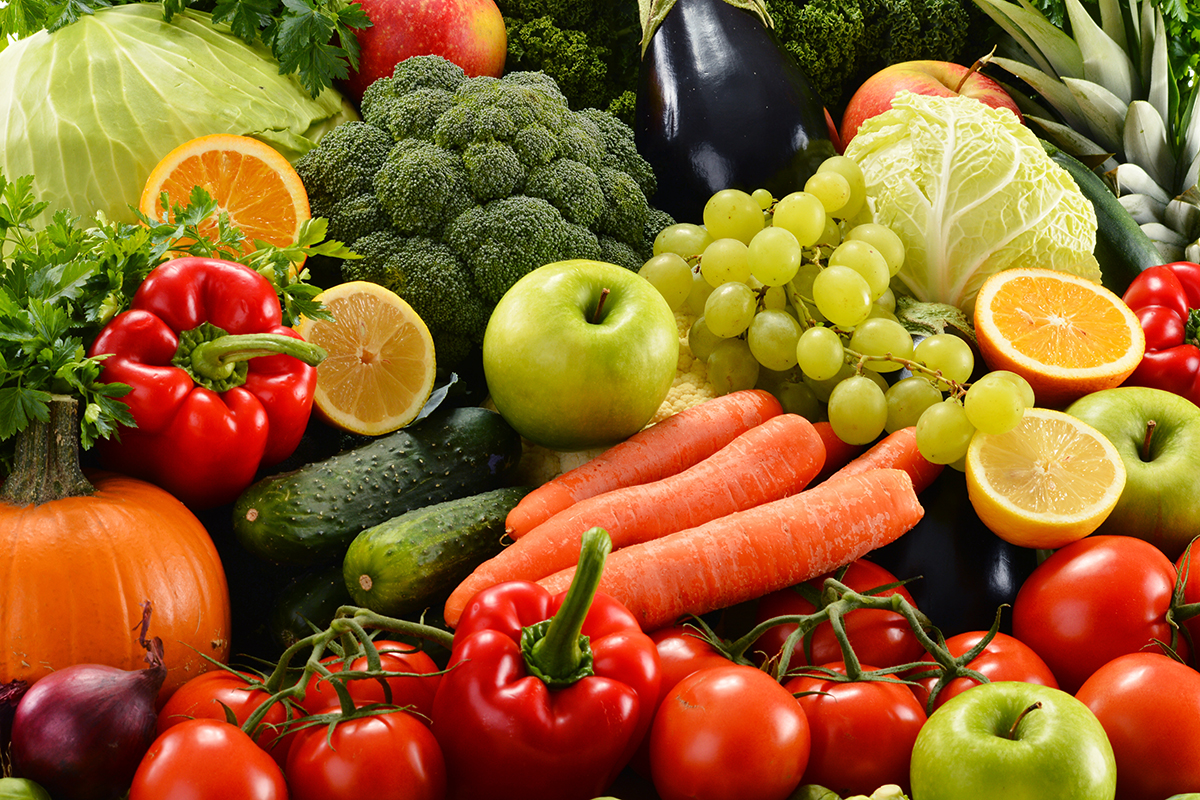Unlocking the Power of Colors: The Role of Phytonutrients in Your Diet

Eating the same color of fruits and vegetables every day is like living in an all-white house, wearing beige every day or listening to the same song fifty times. Something is always missing. In this case, what’s missing are phytonutrients.
Phytonutrients are nutrients that come from plants. Many of them are also pigments, which means that they give fruits and vegetables their color. All of the blue and purple fruits and vegetables, for example, are blue and purple because they contain anthrocyanins, which are blue and purple. All of the orange and yellow fruits and vegetables are orange and yellow because they contain carotenoids, which are orange and yellow.
Phytonutrient pigments are essential to good health. Most of them are anti-oxidants, which mean they help protect us from free-radicals that can contribute to cancer and signs of aging. Many are also anti-inflammatory, which means they protect us from chronic diseases such as diabetes and heart disease.
Each type of phytonutrient also has particular benefits. Green fruits and vegetables, for example, contain chemicals that help protect us from cancer-causing compounds known as carcinogens. Red fruits and vegetables contain lycopene, which help with preventing strokes and offers protection to our lungs.
Since our bodies need every type of phytonutrient, the easiest way to color-code our nutrition is to eat a wide variety of colors of fruits and vegetables every day. This is called “eating the rainbow”. Some experts recommend eating five or six different colors of vegetables and one or two colors of fruits daily. This isn’t a goal most people can meet right off the bat but it’s something to work towards. For suggestions on adding color to your diet, check out Phytonutrients: Paint your plate with the colors of the rainbow – Harvard Health
Having a health problem can motivate many people to take a long hard look at their diet. They may decide to quit eating unhealthy foods. They may also want to eat good foods with the potential to help with their condition, or at least slow the rate at which it gets worse. Stay Healthy with Functional Foods – Rush Memorial Hospital Understanding the link between phytonutrients and food color is an easy way to do this. For example:
Someone with eye problems might take a look at beta-carotene. This phytonutrient is named after carrots, where it was first found. Just like carrots, beta-carotene is orange and yellow. Most people know that carrots are good for your eyes, so it’s easy to remember that yellow and orange fruits and vegetables are good for your eyes. If someone wanted to find other fruits and vegetables that are good for the eyes, they could look for orange and yellow ones:
- Winter squash
- Bananas
- oranges
- mango
- corn
- pumpkin
- peaches
- apricots
- pineapple
- yellow peppers
It’s pretty amazing to realize that just being the same color, in spite of enormous differences in taste and texture, gives the nutrition of pumpkins and pineapples something in common. Surprisingly, it doesn’t matter if the fruit or the vegetable is orange or yellow on the inside (like the pineapple) or the peel (like the banana).
While fruits and vegetables of the same color do contain common phytonutrients, they don’t necessarily contain the same amounts. Sometimes this is due to the produce itself. Watermelon, for instance, contains twice as much lycopene as grapefruit. Sometimes this is due to the method of preparation. Heat-treated tomatoes contain more lycopene than fresh tomatoes, for example.
